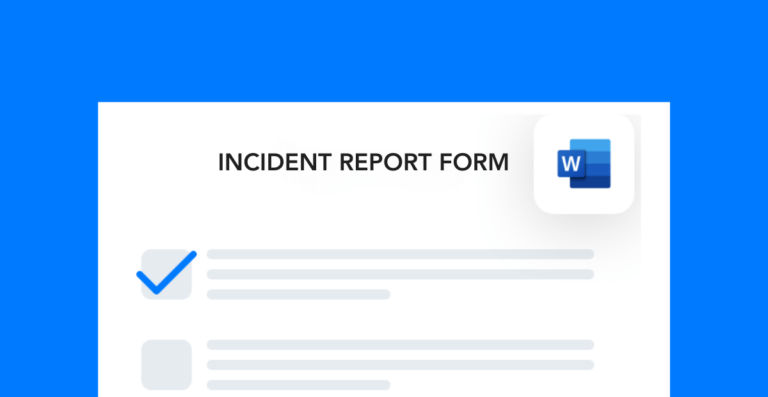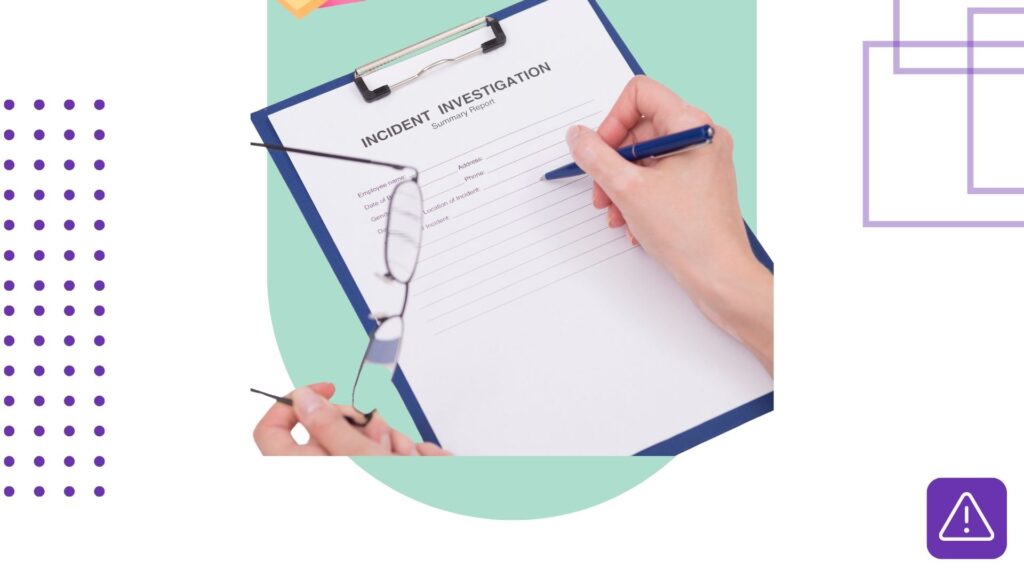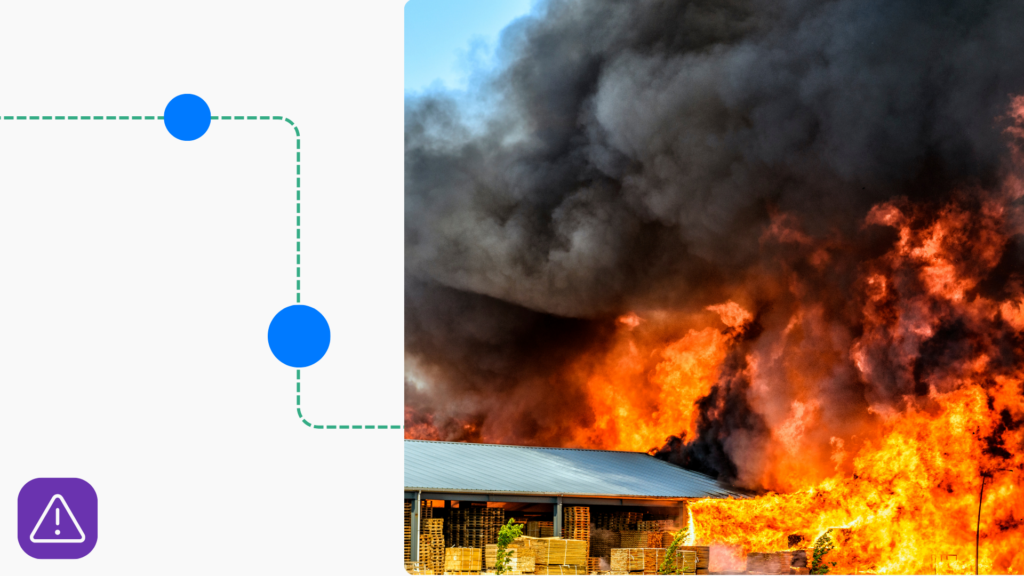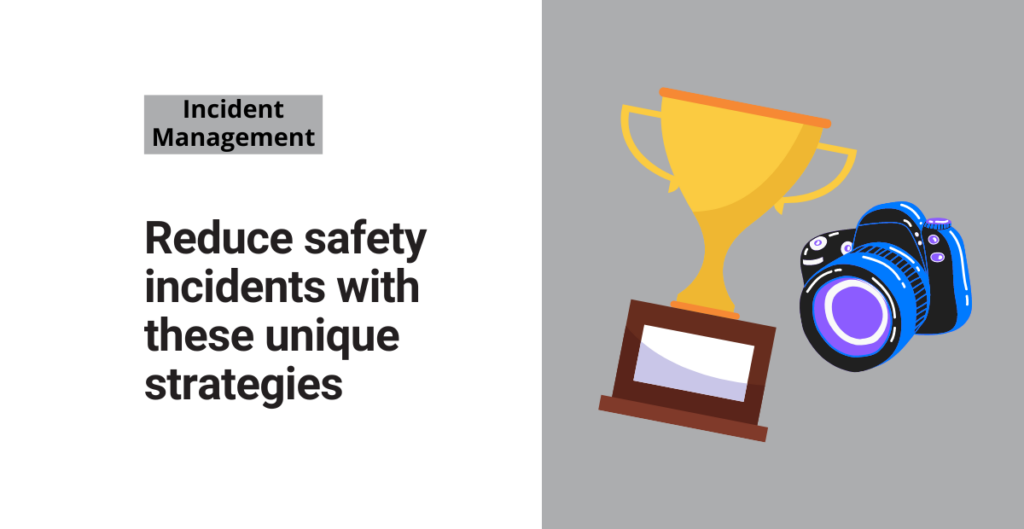When safety violations, injuries, personal conflicts, and other incidents happen, documentation is key. Getting the details of what happened can help prevent the situation from reoccurring. And that’s why you should know how to write a statement about an incident at work.
A well-written statement explains your perspective, providing more context for whoever investigates the incident. Follow these guidelines and best practices to make sure your statements do just that.
Free Form!
Download this free incident report form and attach your incident statements to it for full visibility.
Why Incident Statements Matter
Collecting statements is one of the first steps in the incident management process. The purpose of it is to get a well-rounded account of what happened. Incident statements answer questions like:
- Where did the incident happen?
- Who was there and who was involved?
- What was happening right before the incident?
- What exactly happened?
- What was the result of what happened?
One of the biggest benefits of incident statements is that they provide clarity. The incident investigation team, whether that’s HR, safety, loss prevention, etc., will gather several statements, if possible, to get a factual account of what happened.
Once they collect the information, they can then determine responsibility and ensure accountability. Having documentation is important for explaining why they chose the course of action they did (in case of legal action, insurance claims, etc.).
To implement the most effective corrective actions, investigating teams need the right information. The most important reason why incident statements matter is that they provide details that can help prevent future incidents.
What to Include in a Workplace Incident Statement
At minimum, an incident statement should answer the fundamental “who, what, when, where, why, and how” questions. These are the key components it should include to achieve that objective:
- Your full name and job title
- The date and time of the incident
- Location of the incident
- Names of people involved or other incident witnesses
- A detailed description of the incident:
- What happened before, during, and after
- Specific details of what happened
- Equipment or materials involved
- Actions taken immediately after the incident
- Outcome or result of the incident
- Your signature and date of signature
Best Practices for Writing an Incident Statement
When writing a statement about a workplace incident, the goal is to make it understandable to anyone who wasn’t there. Likely, people above you will read the statement to get an idea of what happened. That means you need to write it simply and as accurately as possible. Follow these best practices:
- Stick to the facts of what you know and avoid speculating about details you may not have witnessed or adding your own opinions.
- Be as concise as you can while also giving a full account of what you saw.
- Use plain language to avoid confusing anyone who reads the statement.
- Explain the event in chronological order.
- Reread your statement for grammar and clarity before signing and submitting it.
Lastly, you want to maintain objectivity as best you can. If you’re feeling emotional about the incident, take some time to calm down before you start writing. It’s important to have a clear mind, so you can focus on the truth instead of your thoughts.
Documenting and Organizing Incident Reports
Knowing how to write a statement about an incident at work is only the first step. Then, you need proper documentation. Organizing your incident reports is critical for efficient access, regulatory compliance, and auditing purposes.
Here are some of the best practices you should follow:
- Consistent File Naming: Use a standardized naming convention such as “IncidentReport_YYYYMMDD_Name” to make files easy to locate and sort chronologically.
- Centralized Storage: Save reports within your incident management software or a secure, shared drive with restricted access.
- Regular Updates and Backups: If you have a new statement or document to add to your report, do it immediately to prevent data loss.
- Audit Preparedness: Keep documentation organized to facilitate internal reviews, audits, or legal investigations.
Writing a clear, factual statement about a workplace incident supports transparency and safety. But if you have high-quality incident statements and poor recordkeeping practices, then you won’t reap the benefits of your efforts. You need to be able to read, compare, and analyze all statements to come to the best conclusion.





